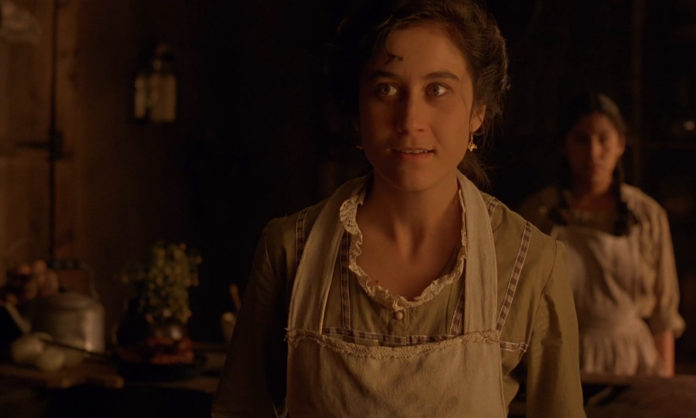In a post on Writer Unboxed, Ellen Buikema offers tips for using magic realism in your fiction. “Magical Realism portrays the real world with a hint of fantasy,” she explains. “By not recognizing the magical aspects as supernatural, these elements become normal. For the characters, there’s nothing surprising about it.”
Its origins are not documented, but some believe magic realism arose from the folk tales women told their children and grandchildren. These stories often felt like part of the natural world because the women believed they were true. The key is that magical realism differs from fantasy, even though it shares some elements.
Most fantasy stories are set in fictional worlds, while magical realism uses the real world as a setting. Fantasies generally involve a quest while magical realism focuses on everyday matters, with the fantastical elements as a backdrop, color, or occasional plot mover. Importantly, the magic in magic realism is subtle and its effects are considered normal by the characters.
“Subtle supernatural happenings add to many parts of the story,” Buikema writes. “This includes the development of the characters, narrative, and creation of conflict.” These elements should have a purpose in your story, and shouldn’t be dropped in haphazardly. They should support the plot and the theme of your writing.
Buikema concludes with some tips for crafting a story using magic realism, including suggestions for plot elements, setting, atmosphere, structure, and time.










